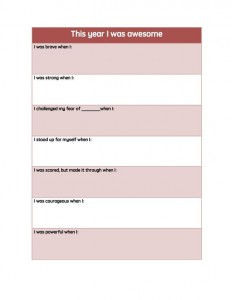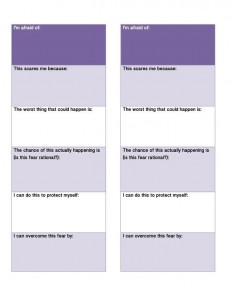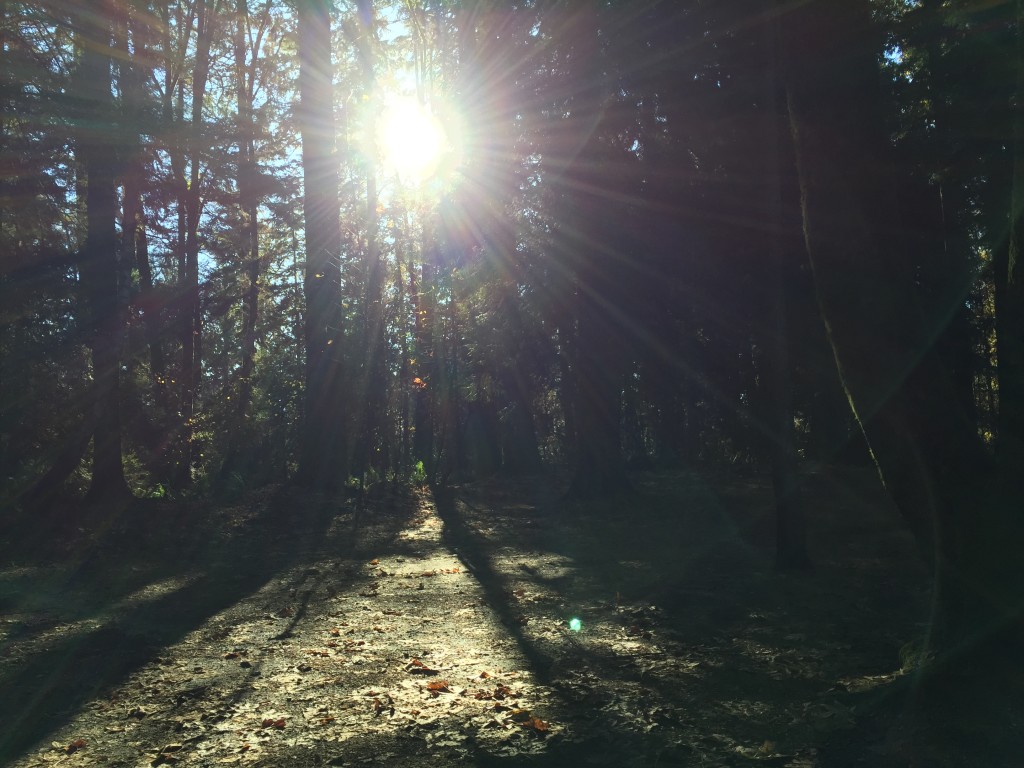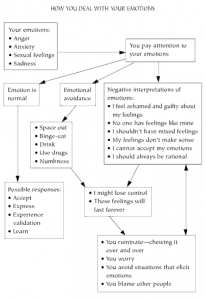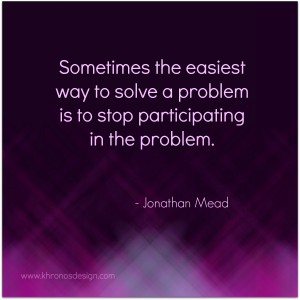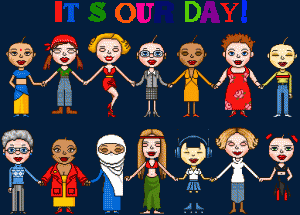It is that time of year!! where we are reflecting and making New Year resolutions. Instead of creating a list of goals, why not focus on your successes? PH. D Sociologist Margee Kee, created 2 templates to help engage you in a different way. A creative way! A way that honors the milestones you have already reached. This template is called “this year I was awesome”.
Kee’s second template focuses on your fears for the New Year. Identifying your challenges is the first step towards resolving them. Our fears are great at preventing us from reaching goals, but when we name, normalize, and challenge them we can overcome them. This template is called “I’m afraid of”.
Happy New Year!!!

